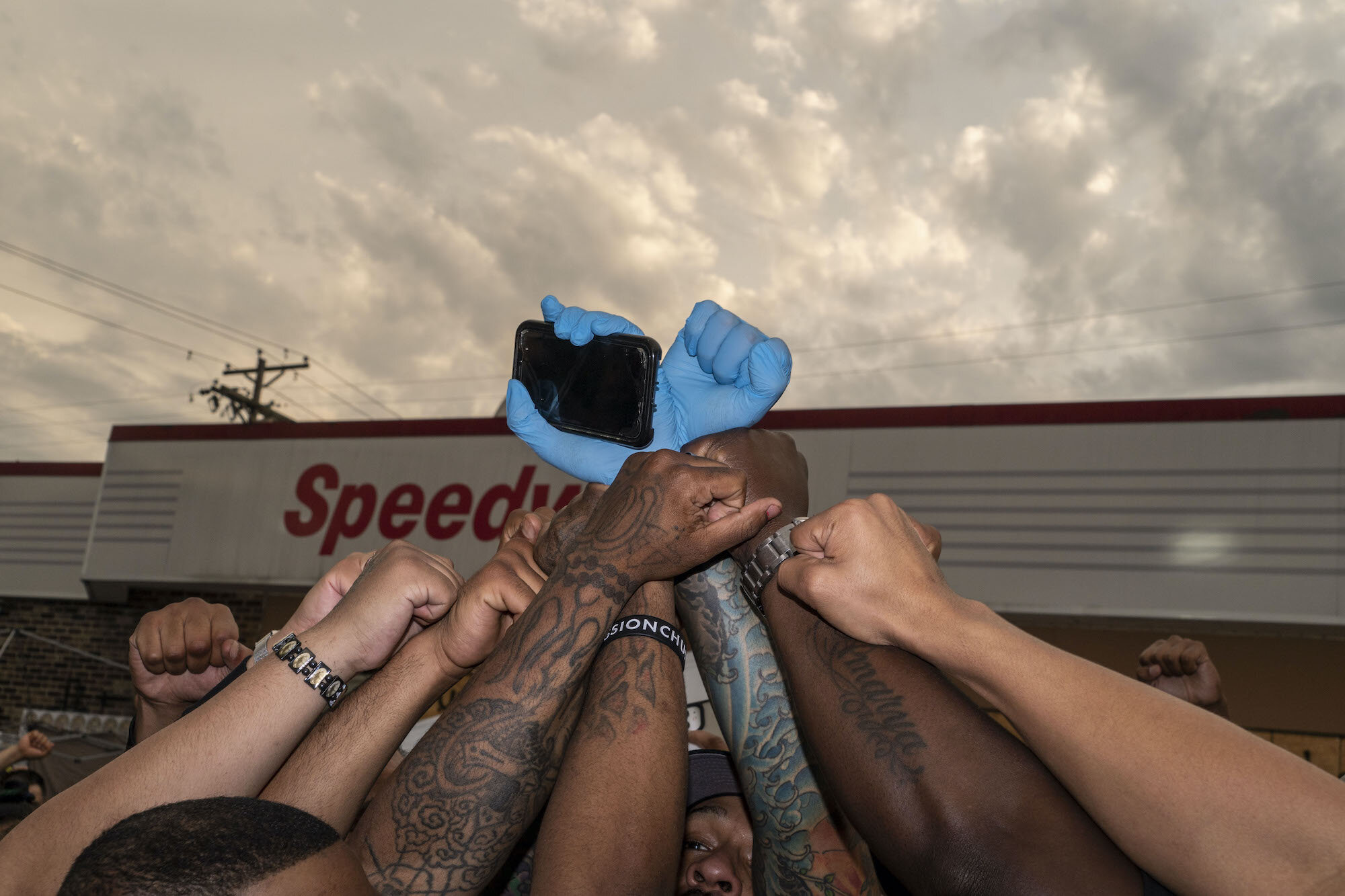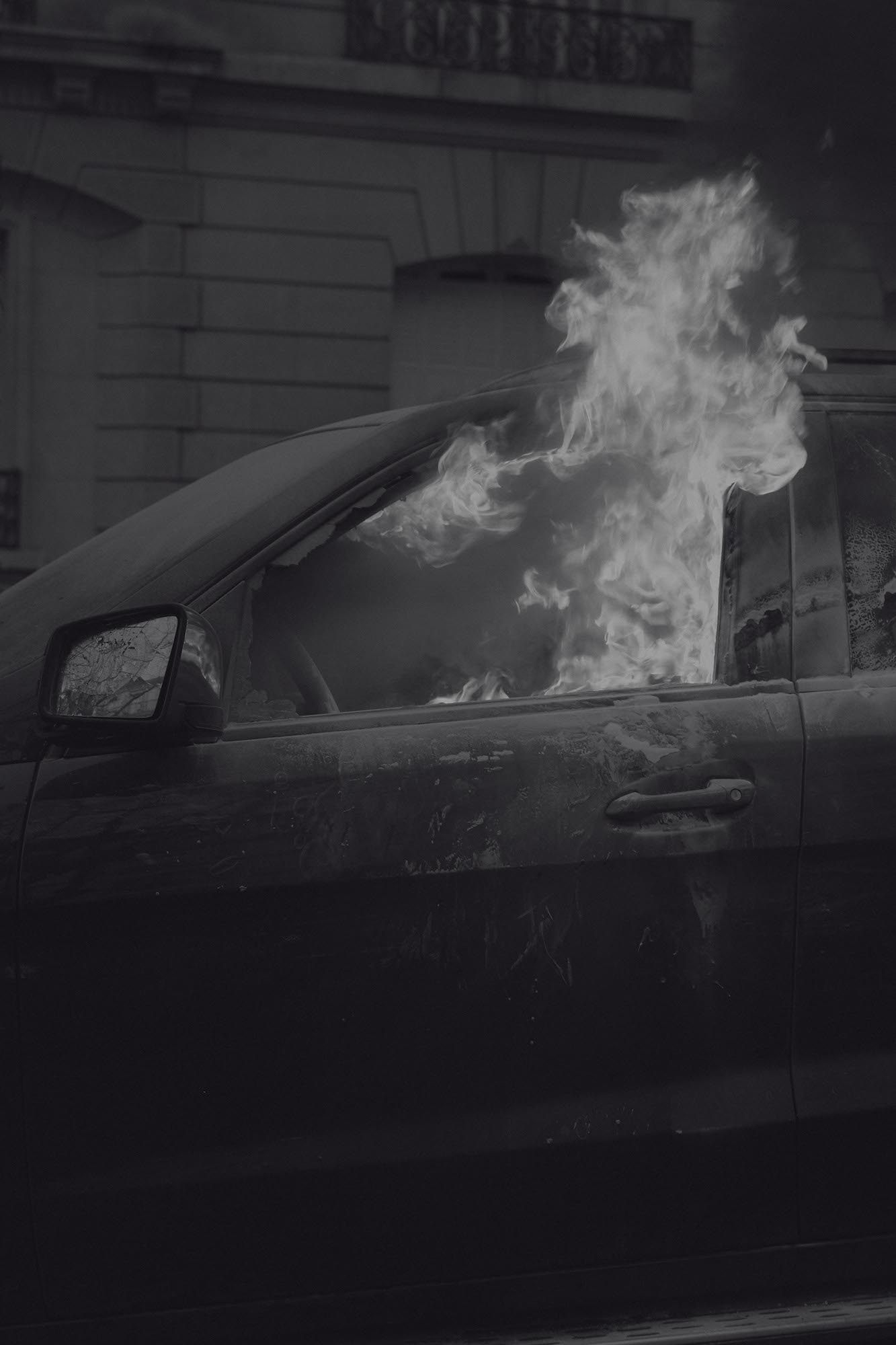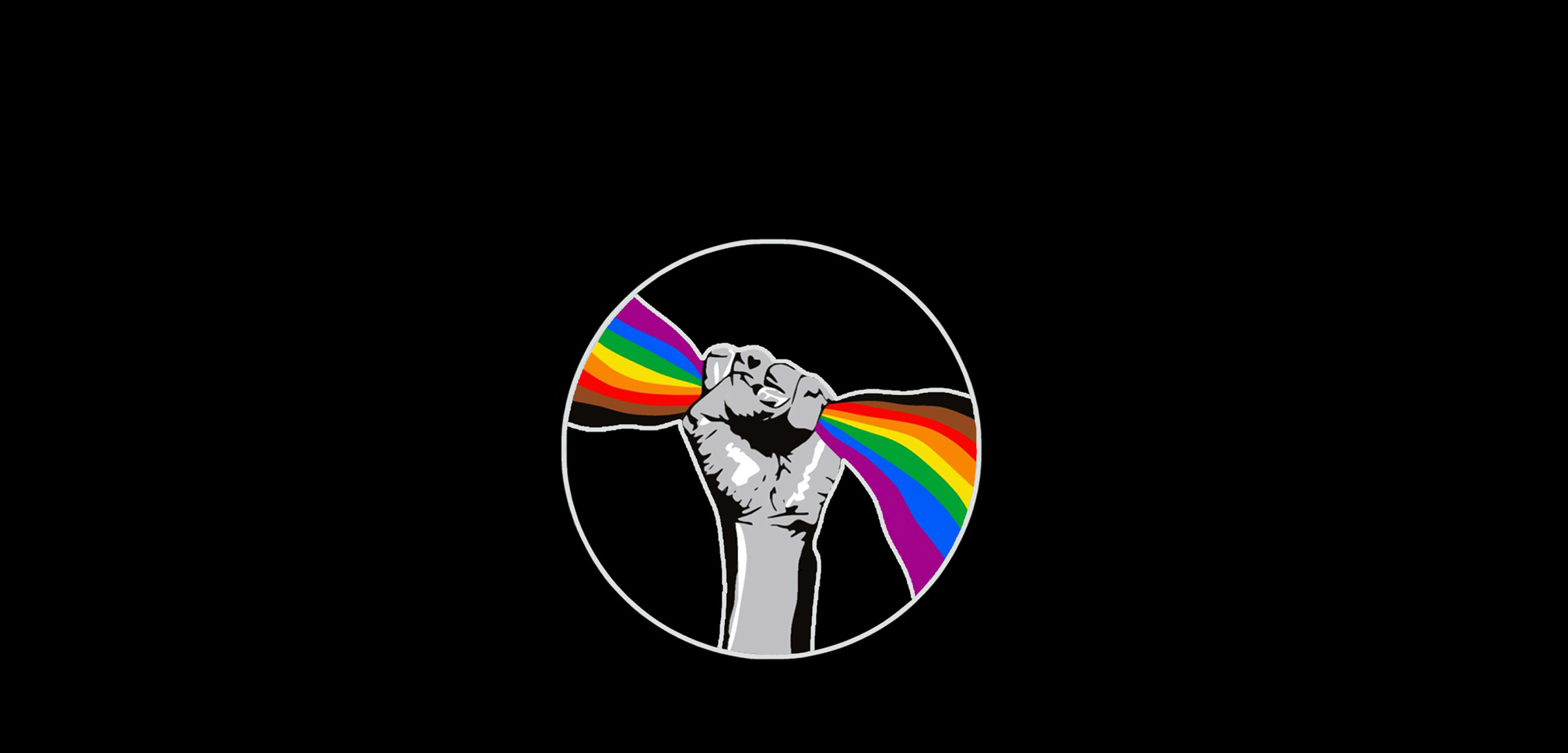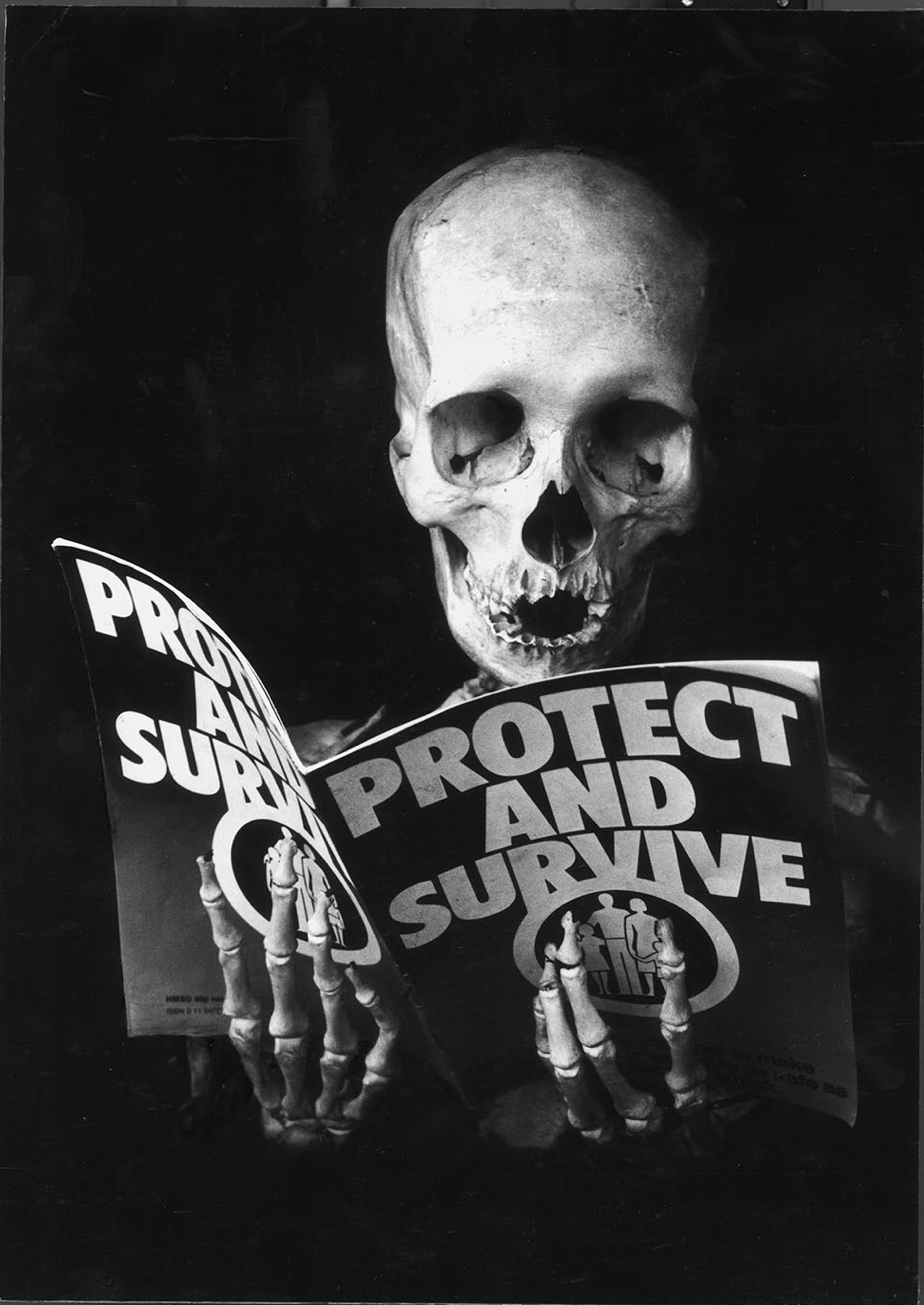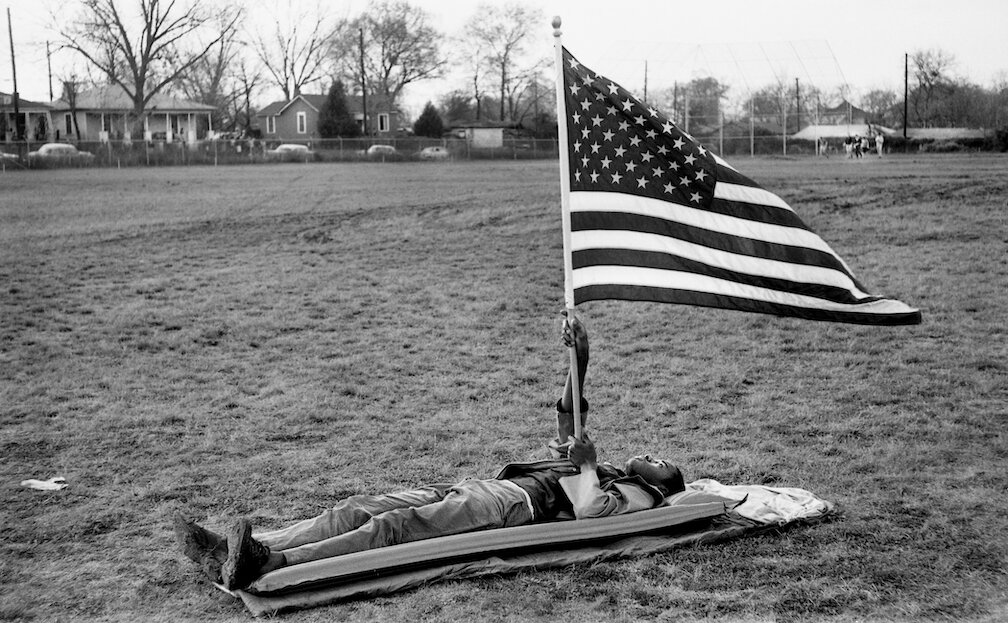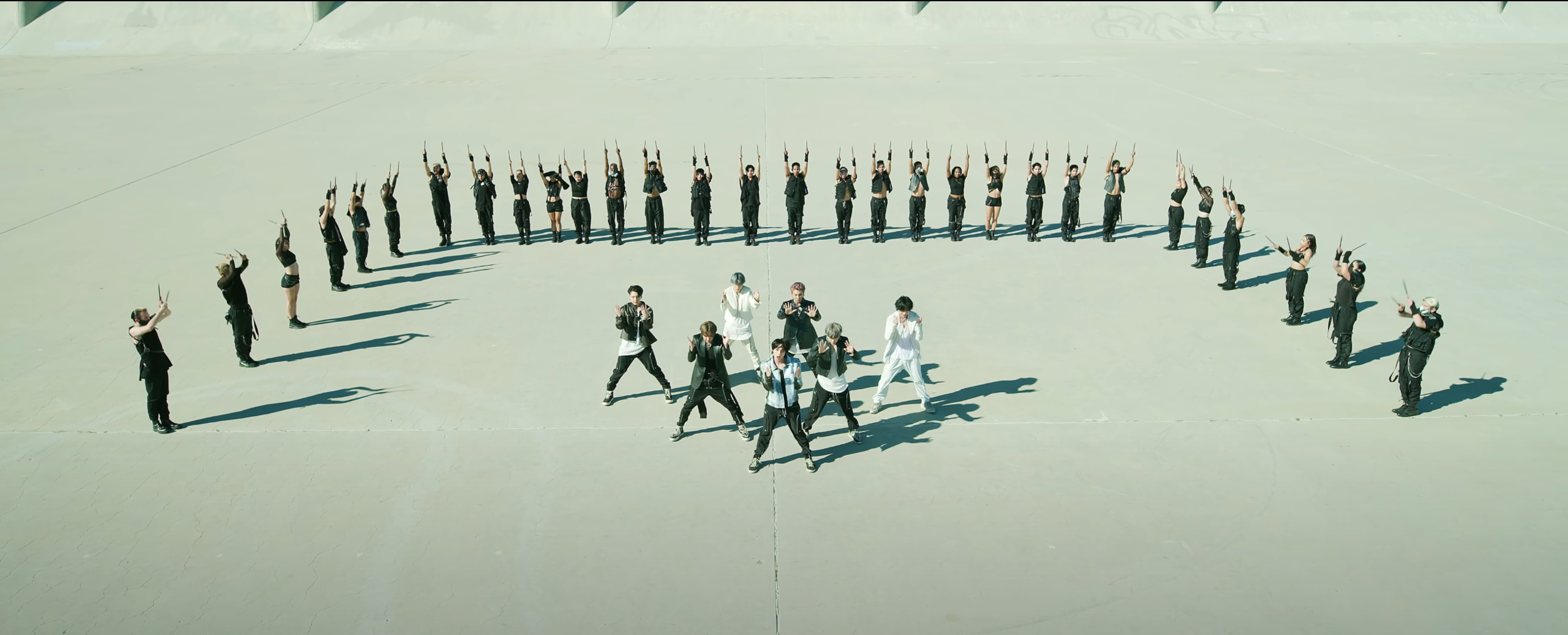Solidarity
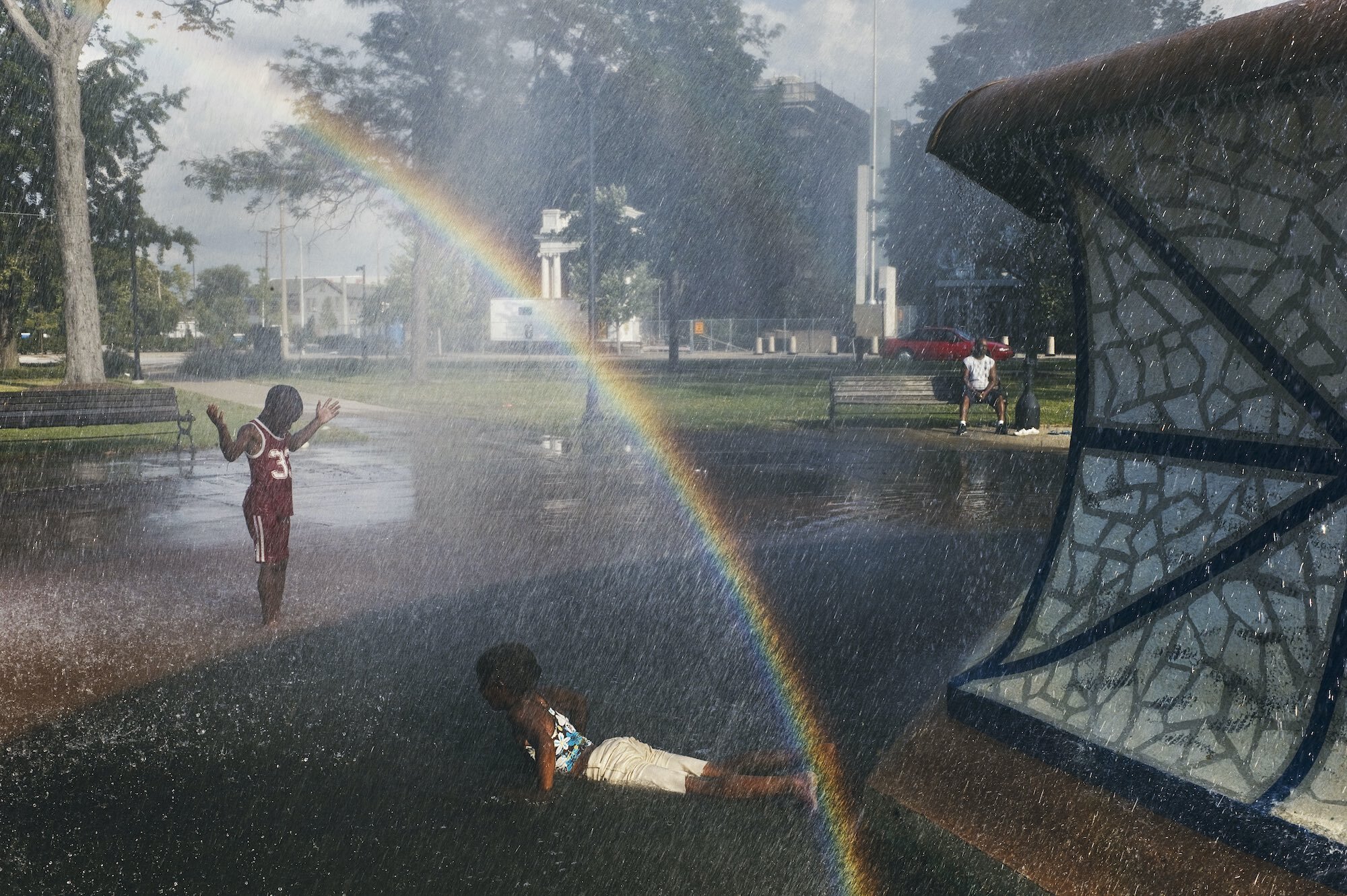
Solidarity brings together a selection of over 100 images by international visual artists, with prints available to raise money for NAACP. In a year of societal and political upheaval that has seen the Black Lives Matter cause taken up around the world, participating photographers reflect upon the power of togetherness in tumultuous times.
Magnum and Vogue photographers will both be donating 50% of their proceeds from the Square Print Sale to the National Association for the Advancement of Colored People (NAACP), an organization at the forefront of the movement to build political power for, and ensure the wellbeing of, communities of color in the United States. Until August 2.
PETER VAN AGTMAEL/MAGNUM PHOTOS
Cup Foods, Minneapolis, Minnesota. USA. June 2, 2020
“When I first arrived in Minneapolis, Cup Foods, where George Floyd was killed by police, was a place of silence and mourning. As the days continued, the feeling shifted. It was still a space for people to reflect on the horrific death, but it also became a place where people made art, served free food, collected goods for the needy, and even partied after months of confinement. A young woman, Ranay Barton, told me, ‘I came out here because I was angry. The first thing that ran through my mind was to be mad at white people. When things like this happen, you tend to segregate yourself. But seeing all the support and solidarity calmed me down: all these people are different colors, from different places, coming together for a purpose. I feel like the world should be like that.’” – Peter van Agtmael
EVE ARNOLD/MAGNUM PHOTOS
Training activists not to react to provocation. Civil strike, CORE group (Congress of Racial Equality). Petersburg, Virginia, USA. 1960
“In Eve Arnold’s book, Flashback! The 50’s, she recalled the following:
‘CORE (Congress of Racial Equality) was representative of group cooperation between blacks and whites. They had set up training facilities throughout the South to teach resistance techniques that would open doors that white bigotry had closed… …It was tough training. The next day, still in the church, Priscilla Washington was given a practical lesson in what might happen to her when she sat down at a white lunch counter. Fellow blacks trained for the work [and] acted out the parts of whites. Priscilla was called “biggity [n-----]" and "black bastard" and remarks like “What you want anyway? Haven't we done enough for you?" were thrown at her, while her trainers pulled her hair and a man blew smoke in her face. She stood it stoically for two hours, trying to concentrate on the Bible she was reading.’ 60 years on from this photo, the murders of George Floyd, Ahmaud Arbery and many others remind us there is much work still to be done. The NAACP needs your support to campaign for vital policy reform.” – Michael Arnold, Estate of Eve Arnold
CAROLYN DRAKE/MAGNUM PHOTOS
Vallejo City Council Meeting. Vallejo Artwork. USA. 2017. © Carolyn Drake & Alicia Saddler
“Lately, I’ve been sorting out how to deal with the pressure I feel to subdue the emotion of anger – in art, in politics, and in my own life. But the more I think about it, the more I want to nurture this feeling. A few years ago, after 21-year-old Angel Ramos was killed by policemen in Vallejo, I went with his family to a city council meeting where the community demanded access to body cam footage of the murder. My emotions boiled as I sat for hours waiting for our city council members to let Angel’s sister and others talk about their experiences with police violence. I could only imagine how Alicia felt sitting there, waiting. She later expressed that feeling by painting over my photograph of the council members turning their backs to us as they pledged allegiance to the flag of the United States of America. For a long time, I wondered whether this image was too severe to share. Angel’s family had crafted other images that reflected other emotions. But the current moment of global uprising has given me the courage to celebrate the motivating force of anger.” – Carolyn Drake
All proceeds from sales of this image beyond those donated by the Magnum collective to NAACP were donated to F.A.M., an organization established by Alicia Saddler to support families in Vallejo affected by police violence.
BRUNO BARBEY/MAGNUM PHOTOS
Barricade built out of movie posters. Rue Saint Michel/Rue de Lyon, near the Bastille, France. May 24, 1968
“This photo was taken in May ‘68 during the student demonstrations in Paris. On this occasion, the students were also protesting against the Vietnam War. I worked with natural light without using a flash. The students were building barricades with everything they could find on the street, including this movie poster. By an astonishing chance, the French title of this movie “Police Sur La Ville” (“Police in the City”) reflected well the situation in Paris.” – Bruno Barbey
The Magnum Square Print Solidarity is on until Sunday, August 2, 6pmEST
Top image: Erie, Pennsylvania, USA. 2010. From the book The Suffering of Light – ALEX WEBB/MAGNUM PHOTOS
Alex Webb: “I keep returning to these words of James Baldwin, which seem as apt today as when he wrote them nearly sixty years ago: ‘Not everything that is faced can be changed, but nothing can be changed until it is faced.’” James Baldwin quote from the essay, “As Much Truth as One Can Bear,” The New York Times Book Review, January 14, 1962
Author account for the Good Trouble hive-mind.

